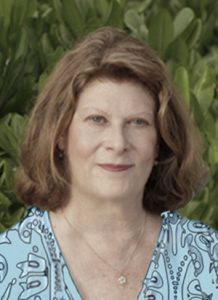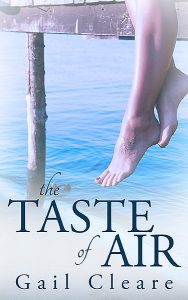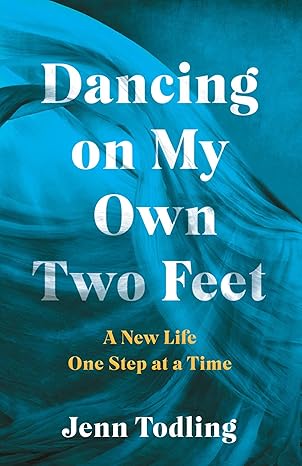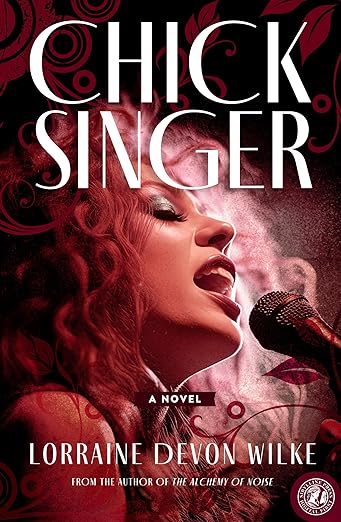Blending History Into Fiction
Research can make your story accurate, but you have to dig deeper to give it life.
 The last major revision of my new novel THE TASTE OF AIR (Red Adept Publishing, Sept. 2016) changed the points of view to focus on the three women at the center of this story. Sisters Nell and Bridget were among the original POVs, so their chapters were easier to rewrite. Their mother, Mary Reilly, presented challenges because writing her thoughts and memories would be starting from scratch.
The last major revision of my new novel THE TASTE OF AIR (Red Adept Publishing, Sept. 2016) changed the points of view to focus on the three women at the center of this story. Sisters Nell and Bridget were among the original POVs, so their chapters were easier to rewrite. Their mother, Mary Reilly, presented challenges because writing her thoughts and memories would be starting from scratch.
In the original draft, Mary’s story was a mystery only guessed at by her daughters. I had to tell it now in her own voice, looking through her eyes. I had to go back in time, to when the mystery started, and what I wrote needed to sound authentic.
I’d never done historic research before, so the thought was intimidating. Just getting the facts right wouldn’t be enough. I had to make it sound real, like she was really alive then and experiencing historic events as if she didn’t know how it was all going to turn out.
Since I did know, I had to filter out my own point of view. Little details would make it more vivid, if I could find them. Having no idea how to proceed, I just plunged in and started by creating a basic outline of Mary’s scenes, the key points in her life, to see which years and locations were involved.
Mary was a nurse before she met her husband, got married, and had the two girls. Her dedication to her mission to care for the sick and dying was one of the reasons why she felt obligated to care for Thomas Reilly through his final illness, an important plot point.
Working backwards from the start of the book in 2014, my overall story timeline said that she had married the girls’ father, Thomas, in 1970.
I thought back to what had been going on in at that time in history. Vietnam, hippies, protesters. But Mary and Thomas were conservative and Catholic, not hippies. It was important to the plot that they stay that way. How could I work them into this interesting period in history, and keep their characters true to type?
That’s when it hit me. I would make Mary a US Army nurse stationed in Vietnam, and Thomas would be a Navy pilot. They would meet in Hawaii on their way to Saigon. I had a wealth of intimate details for that place and period in the person of my former next-door neighbor, who loved to talk about her career as a lieutenant colonel in the Army Nurse Corps. She was in charge of all the nurses at one of the big field hospitals near Saigon for eight years, and the stories she told were like China Beach and MASH rolled into one.
“What was the hardest thing about your job?” I asked her long ago, when we first met. I thought she would mention the unsanitary conditions, the constant stream of wounded, the dead, the long hours…
“Trying to stop the nurses from getting pregnant!” This was her reply, without hesitation. She explained that they would have been sent home, leaving the hospital short-handed.
But I knew there was a lot more to it and eventually I wormed it out of her. The details in my book about how the nurses lived and worked come from her memories. This did a lot to make Mary’s experiences seem more real to me, and hopefully for my readers. It added seasoning to the emotional story.
 I wanted to see what it looked like, so I could describe it properly. Online, I found old photographs and even video interviews with army nurses who were in Vietnam. These were fabulous, so wonderful to hear it in their own voices. After researching various potential locations, I decided to have Mary be stationed at the Third Field Hospital in the city of Saigon, where the army had converted an old school complex into a top-notch surgical facility.
I wanted to see what it looked like, so I could describe it properly. Online, I found old photographs and even video interviews with army nurses who were in Vietnam. These were fabulous, so wonderful to hear it in their own voices. After researching various potential locations, I decided to have Mary be stationed at the Third Field Hospital in the city of Saigon, where the army had converted an old school complex into a top-notch surgical facility.
There were lots of good photos of it, and first-hand stories and audio recordings by people who had been patients or staff. The place became clear in my mind as I began to have a sense of what it had really been like. Anecdotes from various sources melted together in my imagination, and several scenes for my book started to take shape.
Looking at the timeline of the Vietnam war, I noticed that the Tet Offensive began in January, 1968. Two years before Mary and Thomas would wed, just about the right timing. Bells went off in my brain, and I knew I’d found the setting and date for one of the most important scenes in my book. I read everything I could find about that day in Saigon, looked at Internet videos of raw footage filmed for the TV news, and envisioned the scene at the hospital that day, as described by multiple actual eyewitnesses.
History became real for me. It was more like remembering than knowing facts. I could see the tracers in the sky over Tan Son Nhut Air Base, I could hear mortar fire echoing through the early morning streets when the U.S. Embassy was attacked. I could pretend to be Mary and feel what she would have felt, watching out the window with her young patients as they all came to understand that this was more than early fireworks for the holiday celebration.
This imagining myself there, in her shoes, helped me understand the terrible stress she would have been under and how it might have affected her emotions and decisions. In the book, Mary’s experiences in Vietnam become the foundation for events leading up to the day in 2014 when Nell and Bridget discover their mother has been hiding a second life for forty-five years, with a lakeside cottage in Vermont and a set of complex relationships with people her daughters have never met.
Great research can make all the difference. Authors write best about places they know, and people they know, all jumbled together in a rich stew of creativity. But sometimes to make the story work, we need to reach outside ourselves. The trick is using research to add realism, without letting the story become dry and academic. It’s easy to get swept away by data fever and include too many facts.
Hopefully, that didn’t happen in my book. We all fear the dreaded Info Dump, none more than I. Sometimes it’s hard to resist, especially when you know the exact brand and color name of the lipstick a girl would be wearing in 1965. I look on it as similar to cooking with spices. Sprinkle the historic details lightly. Not enough is bland, but too much spoils the soup.
—
Gail Cleare has written for newspapers, magazines, Fortune 50 companies and AOL. She lives on an 18th century farm in Massachusetts with her family and dogs, cats, chickens, black bears, blue herons, rushing streams and wide, windy skies. In addition to writing, Gail enjoys organic gardening and nature photography, and can often be found stalking wild creatures with a 300 mm lens.
Category: Contemporary Women Writers, On Writing





























Thank you Jennifer. It’s advice I always give other authors, but so hard to do it myself!
Great article! It is so easy to get swept up in your research and add too much, thereby overwhelming the reader. Good advice about where to draw the line! I especially like your phrasing, ‘sprinkling the historic details lightly’.
Thanks, Diana! I hope you enjoy the read.
The ‘journey’ of research often throws up such fascinating surprises and sends you in directions you did not expect. It must have been difficult to back track and rewrite the story from a personal viewpoint but I expect the joy of knowing Mary so well by the end was rewarding ~ as if you’d uncovered a person in your life who became part of your very self. I’ll check the book out and write a review.